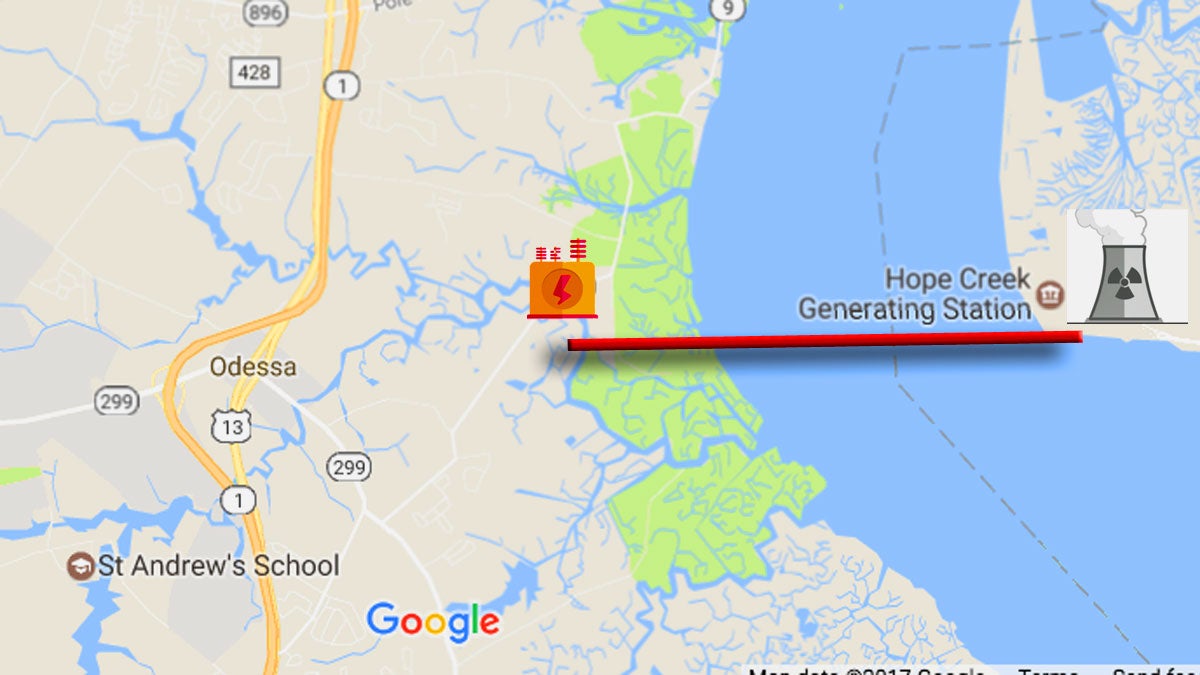Plan for high voltage power line between Del. and N.J. moving ahead

After months of controversy, a $280 million plan to enhance the power grid by building a new high-voltage line at PSEG Power’s nuclear power complex in southern New Jersey is moving ahead once again.
PJM Interconnection, the operator of the regional power grid, gave approval this month to a modified plan to build a new transmission line from the plant into Delaware, along with other upgrades around the Artificial Island generating stations.
The project, a subject of much controversy over how the costs would be allocated and who would build the new power line, is the first such proposal to be bid out competitively among various players in the utility sector in the region.
For Public Service Electric & Gas, a sister company to PSEG Power, the slimmed-down project approved by the PJM Board, means it will be awarded a $132 million piece of the project, mostly involving upgrades in and around the three nuclear units at the facility.
The board originally approved the project in 2015, but it drew criticism for how costs would be allocated, particularly in Delaware where the governor and other officials said it would saddle ratepayers with higher costs. It also decided the line should be built by LS Power, instead of PSE&G.
Eventually, the board reaffirmed the need for the project, but accepted staff recommendations that scaled down the cost and made other modifications. Among other modifications, the new line will be connected at the Hope Creek substation instead of at the Salem substation. The project is expected to cost about $280 million and be in service by June 2020.
“The board reached its decision after thoughtful review of additional analysis and stakeholders’ input,” said Andrew Ott, PJM president and CEO. “We are satisfied that the original solution — with modifications — is the right solution to address the operational performance and reliability related to Artificial Island generating facilities.”
Transmission projects have become an increasingly lucrative portion of the utility business model. PSE&G’s transmission work now accounts for about 44 percent of its rate base.
The issue of cost allocation remains to be determined by the Federal Energy Regulatory Commission, which currently lacks a quorum.
PSE&G pledged to work with the grid operator.
“While we continue to believe that PSE&G’s proposal is the best solution from both a project and cost perspective, we respect PJM’s decision,” the company said in a statement. “Having just received PJM correspondence ourselves, we are still in the process of reviewing its content.”
WHYY is your source for fact-based, in-depth journalism and information. As a nonprofit organization, we rely on financial support from readers like you. Please give today.




